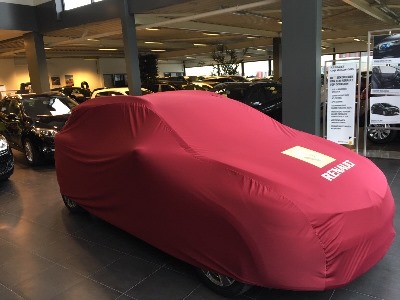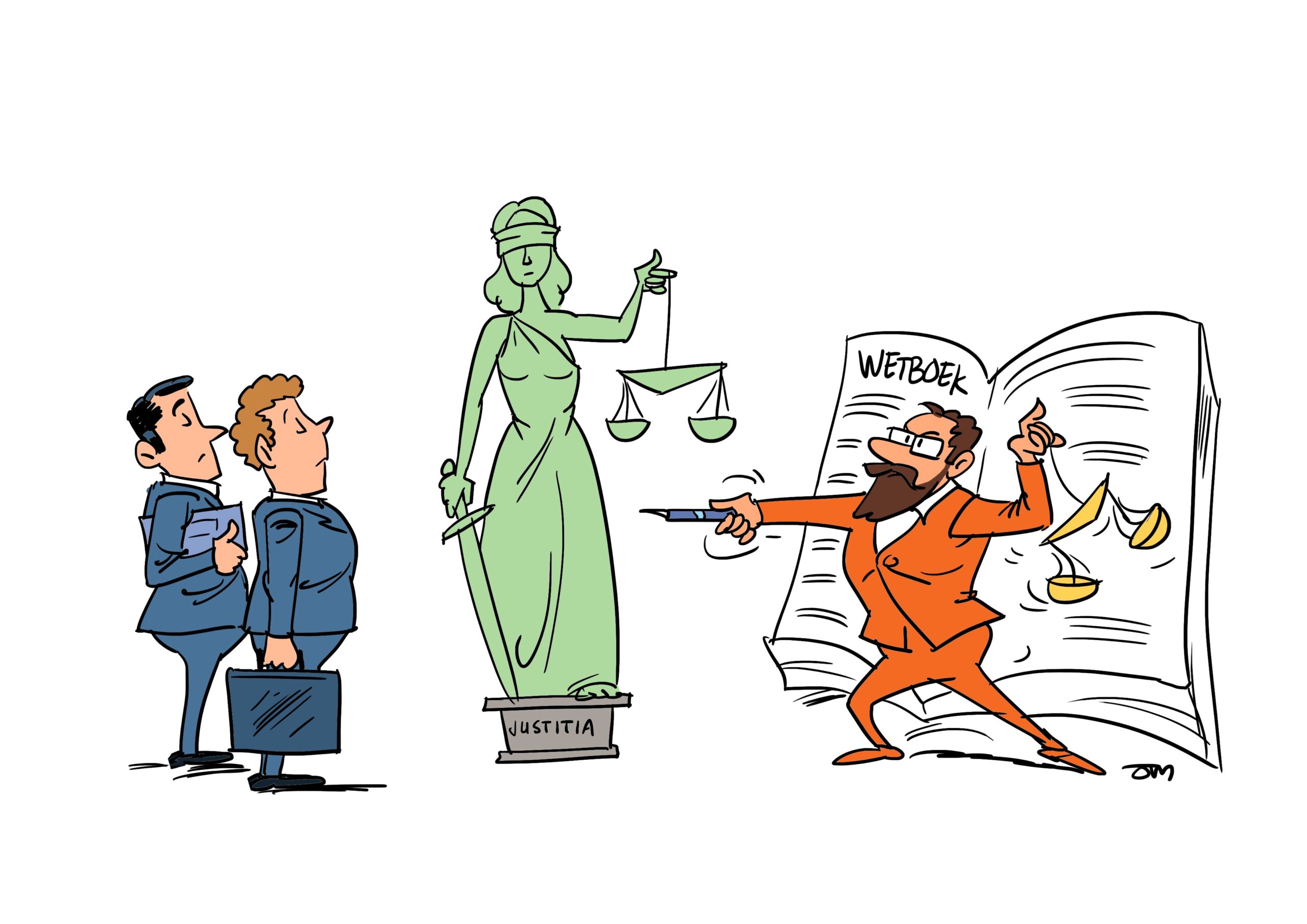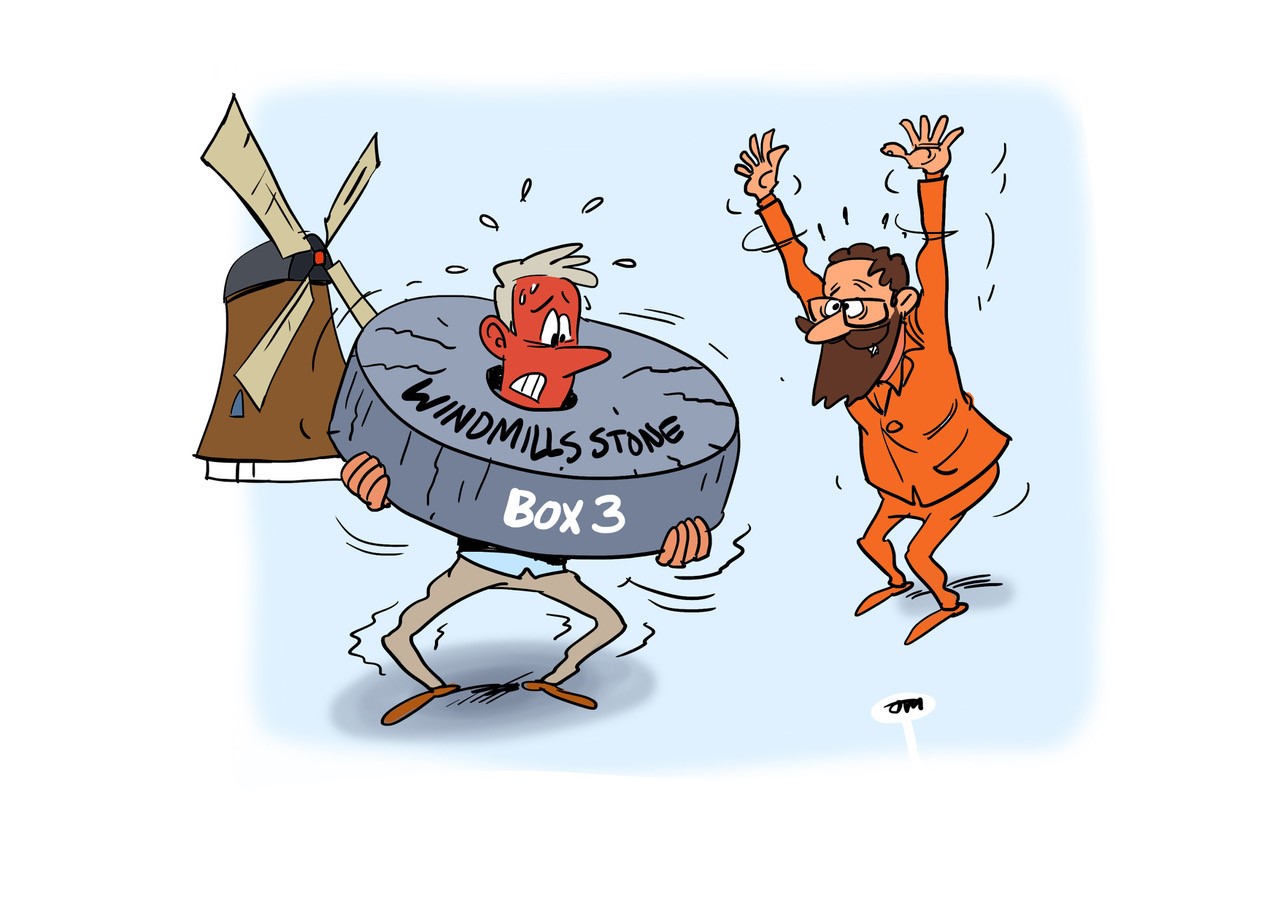In the Netherlands a lot of company cars are being used. Some are used by the employee, some are used by the employer. This article is about the company car being used by either the ZZP or one man company owner or the managing director major shareholder in a BV company.
Value in kind
Anything you receive from your employer, even if the company is owned by you, or anything the company pays for you (ZZP / eenmanszaak), is subject to tax unless the costs are regarded company costs.
The most discussed item is the company car, everybody would like to have one, but the rules make that you can either afford a small car, no car or an eco friendly car. This has a direct link with the percentage of the value of the new Dutch catalogue value you need to add to your taxable income in order to be able to drive this car also for private use. The percentage is from zero (full electric) to 25%.
When you realize that the Dutch catalogue value of any car is based on the value of the car, car tax (BPM) and value added tax, the amount is substantially higher than in the countries East and South of us. Up North the tax is even higher.
No ‘bijtelling’
Bijtelling is the phrase used for the amount added to your income for the private use of the company car. It is possible to avoid this bijtelling if you can proof to the Dutch tax office you have not used the company car for private use.
The proof exist of a KM overview showing exactly all the KM driven by the car, from where, to where which date and what for. The KM distances need to be exact, cannot be rounded of at 10 km for instance. That overview should proof that you have not driven the company car for more than 500 km per full calendar year for private use.
The Dutch do not mind a challenge, hence evenings were spend to fabricate a matching KM administration. Initially the thought was that this was enough, but the tax office is also not stupid. So they did a match on speeding tickets and the time line in the KM administration. The Dutch caught up and did indeed match their speeding tickets, car shop visits etc with the KM administration.
To make the live of the tax office easier, the following was done by the Dutch tax office. First they demanded that anybody who claims not to drive the company car for private use, or at least less than 500 km per full calendar year, needs to announce this before the fiscal year starts. Then the Dutch tax office placed I think thousands of camera’s in the Netherlands at IKEA, border, shopping malls, regular high ways, city entrances. These camera’s monitor the plates of the car, and then the Dutch tax office can challenge any KM administration provided.
Bijtelling and a little fun: holiday
If you have a company car and you do pay for the private use of the company car: use it privately as well! Company car and holiday. That implies when you go on holiday and you have to pay for French or Italian toll, Belgium Kennedy tunnel, Austrian vignette and Austrian Bridge, Swiss Vignet, parking abroad, petrol abroad, snow chains, parking at the hotel. These costs should be paid by the company, so you have to report these costs, as that is part of the private use of the company car.
In the old days (more than 2 years ago) you could add speeding tickets as well, as only Dutch speeding tickets were not accepted by the Dutch tax office. Now any speeding ticket is not accepted. By the way, a speeding ticket is not adding to your holiday fun, so we do not recommend those.
If you bring your small children in the car as well, basically that is private use, hence the child chairs should be a reimbursement you could claim as well.
One man company and ‘bijtelling’
The difference between the one man company bijtelling (value in kind) and that of a BV company managing director shareholder is the following. The BV company managing director is an employee, hence the full amount is added to the income. In the one man company there is a rule that you do not need to ad more to your income than the actual costs of the company car.
Example:
You drive a eight year old Porsche Cayman of EUR 147.000 at 25% value added to your income. This implies you need to add EUR 36.750 to your income. If you purchased that car last year for EUR 36.000 and you write EUR 30.000 off over a 5 year period, the depreciation is EUR 6.000. I think with a Cayman you can have annually EUR 15.000 maintenance and running costs. So your total costs are EUR 21.000. That implies the amount that needs to be added to your income is not EUR 36.750 but EUR 21.000 instead.
The outcome of this example is that you can deduct zero from your profit income and you need to add zero to your profit income. So what is the point of having this company car? The point is that everything is paid by the company, so you have a liquidity advantage.
The alternative is keeping the car privately and count KM driven for the company and deduct that amount times EUR 0,19 from the profit. So 1000 km at EUR 190 for instance. In my opinion a lot of work for mickey mouse discount.
The other option is to keep a detailed KM administration of the KM driven privately and KM driven business wise and then you can deduct pro rata the VAT paid for the maintenance costs of the company car. However, the Dutch tax office will challenge the KM administration and if they do not win, you have spend so much time on this KM administration, that time wise it is not interesting as well.
Orange Tax Services
The company car is a hot item. The more calculations you make about private use versus business use, you will learn that the outcome of most calculations do not differ a lot. If your business is successful, simply purchase the company car of your desire, as it is not all about tax at the end of the day, also about enjoying your success.





